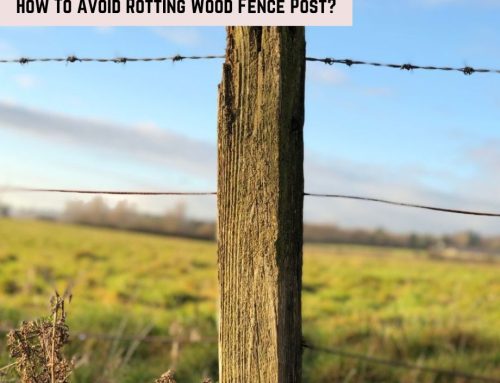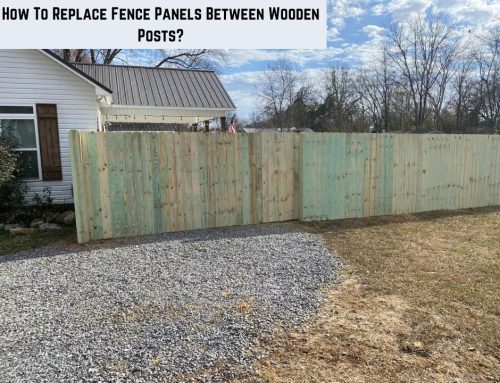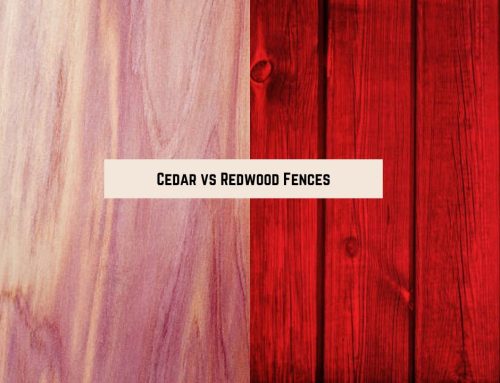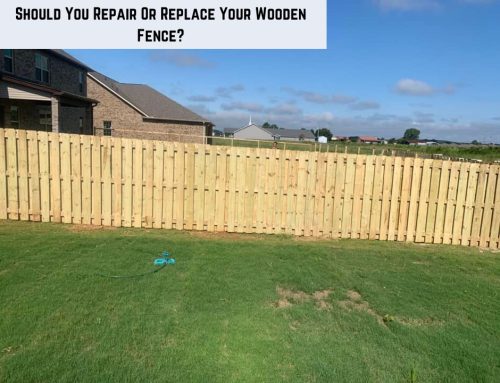What Is a Cap and Trim Fence?
There is no doubt we all are more or less familiar with fencing. A widespread practice that has been there since the early times was to surround one’s property with fencing. It can be to separate and distinguish land owned by one from the other and for safety.
But what is a cap and trim fence? Like traditional wooden privacy fences, these types also include a “cap,” which is the top piece that covers the pickets and gives off a more finished outlook.
With the help of fence posts, pickets are put in the center to see from either side of the fence. This fencing technique ought to be better than the regular ones and comes with more benefits.
Regular Wood Fencing Vs. Cap and Trim Fencing
Although both the fencing types don’t have many differences, cap and trim fencing is a more developed fencing method these days. The regular fencing might have uneven lengths, exposed pickets, gaps between each fencing post, and spaces through which the other side is visible.
On the other hand, the Cap and Trim fencing has evenly lined up fences. The pickets are covered with a cap top and built to ensure animals cannot see from beneath or nothing can be seen from each side of the fencing.
Also, at the end of the cap and trim fencing footer is designed, typically to match the style of the top cap, but it also helps provide extra stability other than making the fences look more physically appealing.
Are Fence Post Caps Necessary?
People have been using the basic fencing method for years and decades. This may raise the question, are fencing post caps necessary? Such questions may make you think twice, but many benefits come with the fence post caps, which may cause you to consider them.
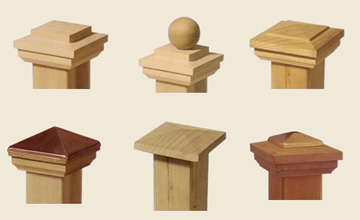
Wood Fence Post Caps
Stability
One of the major problems that fences face is heavy winds and storms. You can often see fences being destroyed by strong gushes of wind. As a result, you have to spend a lot to fix it back to normal again.
The caps help the fences to stay intact and stronger together, ensuring stability. It helps to withstand wind and is much safer than the regular ones. Also, the footer piece’s design at the bottom of a cap and trim fence helps increase stability.
Durability
Having strong fencing is one of the crucial factors as the whole point of having fences around your property is to ensure safety. This fencing type might be a little more expensive compared to that of a standard wooden fence. However, you will get a stronger system for the price and have an added curb appeal to your fencing.
This type of fencing tends to more durable and will have a longer life span. As a result, you don’t have to worry about getting your fencing changed or fixed now and then.
It keeps rain and moisture out.
The typical fencing causes the ends of the pickets to be exposed. As a result, the fencing can easily absorb rain waiter or take in moisture that causes the fences to get damaged quickly.
Using the caps causes the pickets to be covered further, helping to keep out the rain and moisture and provide the same purpose as an umbrella would do for you on a rainy day.
How Do you Trim the Top of a Fence?
Getting a perfect top to your fencing can be tricky, but it isn’t hard. You can get your fences made if you don’t want to make it yourself, and you can get it from one of the bests from Huntsville fence.
However, if you choose to build the whole thing by yourself, ensuring a few factors and keeping a few elements in mind will help you get the right finishing to your fencing.
It can be difficult to match all your fences to the same and right height despite putting all your effort into digging the post holes to the correct depth. Rather than worrying about getting the depth right, start installing fence posts and trim them all, keeping the same height.
- Step 1: Measure your desired length.
Firstly measure the two ends of your fence posts to the height you want. Then across the front and back, mark straight lines using a speed square. - Step 2: Align the fences and secure the jigs.
You can make a jig that will help you cut off the top with a guide. However, if you are confident enough, you can use a chainsaw directly to cut the top off. If you are using the jig, clamp it down, or else it might be uneven. The clamp will secure the jig and ensure a better cut. - Step 3: Cut off the top using a saw
Then, placing the saw correctly and trim the top off your fence. You can use any saw you want but make sure the blades are sharp enough so that you can get a smoother cut and cleaner edge. Finally, you will have a wood fence cap and trim that you have worked on following the easiest steps.
Final Words
It is known to almost everybody how hard it is to work with wood. Building wooden fences, on the other hand, is even more difficult, time-consuming, and expensive.
However, it is also vital to have good fencing to ensure maximum protection and security, so cap and trim fences are the best to get. We hope you have gotten enough information to help you build your perfect cap and trim fence to live a life without any fear.



